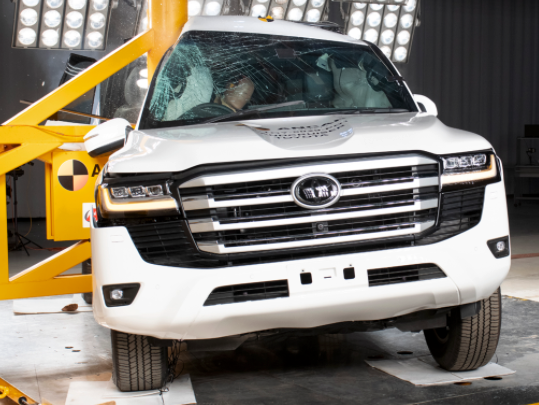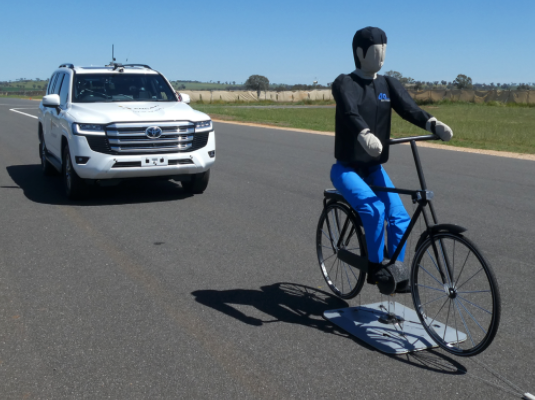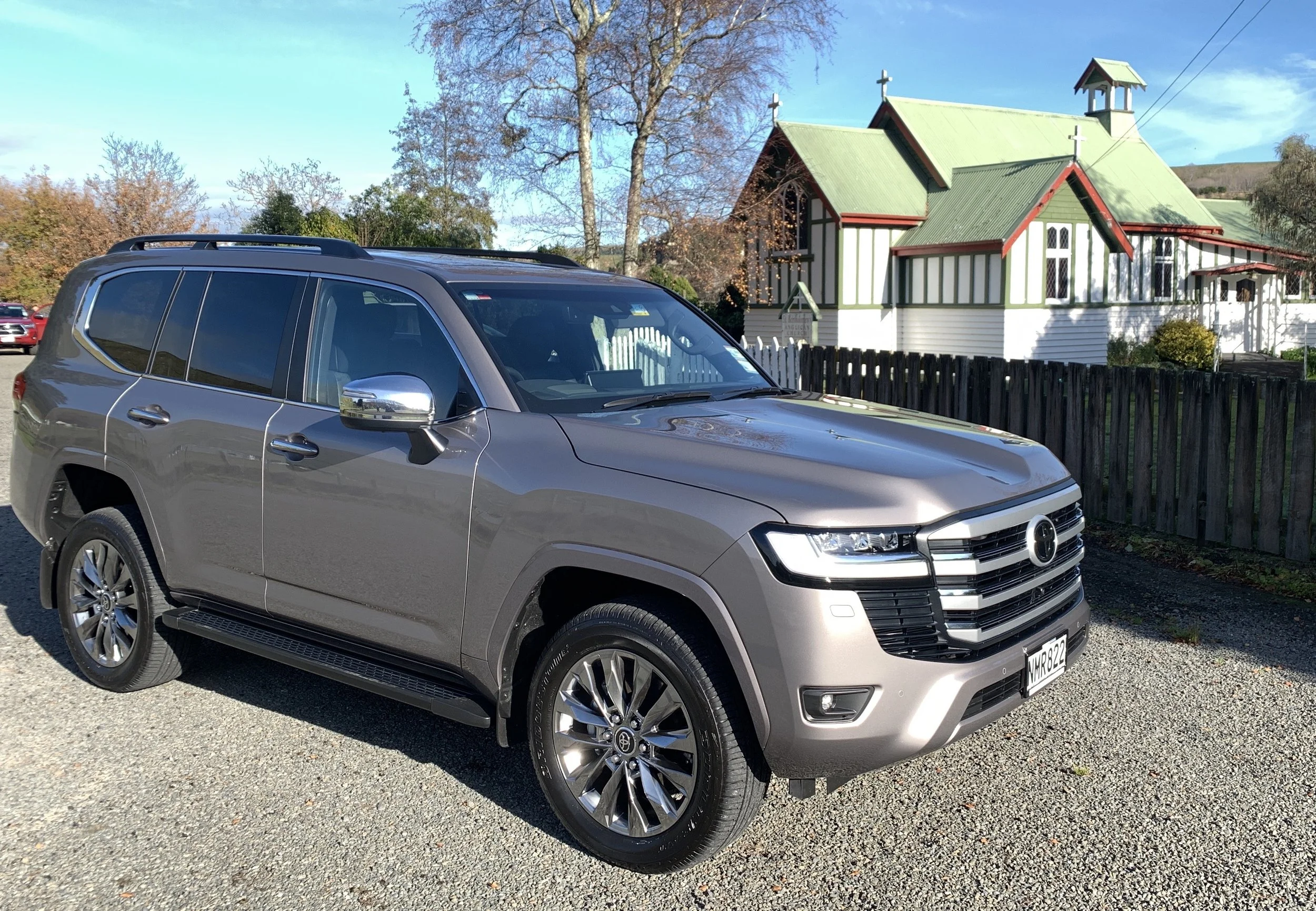Big hitter shines in smash test
/An impressive five star ANCAP score for Toyota leviathan
OLD school talent perhaps … but the latest Land Cruiser 300 Series has proven to be right up to latest standard when it comes to how it performs in a crash test.
The new generation of Toyota’s largest passenger model and longest-lived name plate having just earned a five-star safety rating from the Australasian New Car Assessment Programme (ANCAP), the independent crash tester heavily funded by the NZ taxpayer, is well-timed.
Local market deliveries of the big wagon have just commenced, with 17 in customer hands and a further 42 undergoing preparation for hand over.
The vehicle’s launch was to have occurred in Octobver, only to be kyboshed by Covid having inhibited Toyota Japan’s ability to supply.
Credit for the model’s impressive ANCAP performance has gone to its new structure.
As much as the 300 holds strong visual resemblance to the preceding 200-Series – you can see this in the photo (the 300 is on the right) - the newbie’s TNGA-F platform is in a different, far more sophisticated world to the predecessor’s chassis.
Toyota reminded at the vehicle’s national media preview last year that the latest underpinning not only assists in driving dynamics it also makes way for new safety technology to be integrated.
That’s patently proven by the tests. ANCAP gave the big SUV a score of 89 percent for adult occupant protection, and 88 percent for child occupant protection. Both of these scores are very good for its class; indeed, generally big heavy duty models of this calibre tend not to shine that brightly, due to their weight and build type.
The model is fitted with dual frontal, side chest-protecting and side head-protecting airbags, as well as driver and passenger knee airbags, as standard.
It lacks a centre airbag, which is normally considered a must-hanve for such a high score, however ANCAP said in this instance prevention of excursion (movement towards the other side of the vehicle) in the far side impact tests was decent enough for the model to be assessed as good. So full points were awarded.
The Land Cruiser was also awarded 81 percent for vulnerable road user protection (pedestrian). Also impressive for such a large vehicle. It also achieved 77 percent for its on-board active safety assist mechanisms.
“Larger, heavier vehicles always present higher risks for other road users and this is why ANCAP focusses on a vehicle’s ability to either avoid a crash, or reduce its impact, through our suite of safety assist tests,” said Carla Hoorweg, chief executive for the Melbourne-based safety assessor.
“The safety specifications in the new generation Toyota LandCruiser are a welcome update to its predecessor.”
Interestingly, the five-star rating doesn’t apply to all variants. ANCAP has excluded the GR Sport, which remains untested. That variant is expected to account for a big swag of 300 Series’ sales here.
It’s not clear, also, if the Cruiser’s Lexus cousin, the new LX, will also have to undergo its own crash testing to earn a result. That model is also almost ready for NZ availability, the local office indicating that release will occur “mid to late quarter one” – so February or March.
Meantime, Toyota Australia executives have confirmed an updated Land Cruiser 70 Series is due before the end of 2022, as the 37-year-old four-wheel-drive achieves another round of safety upgrades.
That freshen is well-timed for Australia, a core market for the model. Our neighbour introduces new side-impact crash protection regulations for light commercial vehicles on November 1.
Toyota has yet to confirm what the updates will comprise. There’s media conjecture that while structural upgrades are the most logical way to meet the new regulations, Toyota could instead opt to increase the vehicle's gross vehicle mass above 3500kg, pushing it into a truck category that’s exempt from the rules.
The 70 Series single-cab ute gained significant structural upgrades in 2016 to achieve a five-star ANCAP safety rating.




















